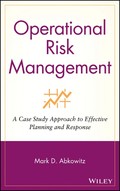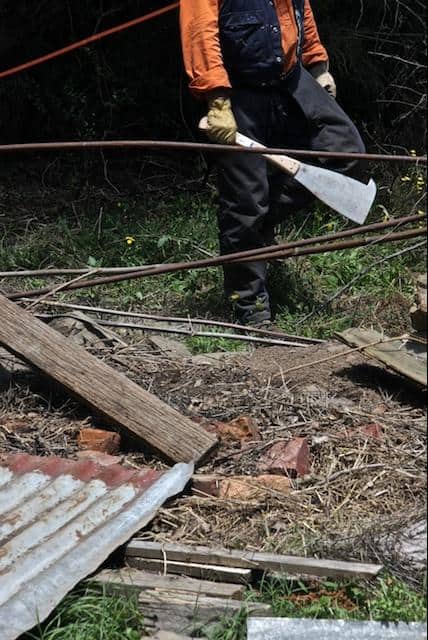South Australian Independent Member of Parliament, John Darley, has been negotiating on that State’s Work Health and Safety laws for many months. On 17 October 2012, according to a media release from SA’s Premier Jay Weatherill and Workplace Relations Minister Russell Wortley, Darley agreed to support the passing of the laws after achieving some amendments. Those amendments involve changes to
- height limits,
- duty of care,
- the right to silence, and
- the right of entry.
Tammy Franks, a Greens MLC, was able to achieve an expansion of the number of days available for OHS representative training.
A spokesperson for John Darley told SafetyAtWorkBlog that another change was for any WHS codes of practice to undergo a small business impact assessment in consultation with the Small Business Commissioner. Darley’s spokesperson said that the MP had met with Business SA after it changed its position on the WHS laws. The amendment above is likely to address the small business concerns that BusinessSA raised in its letter to its members earlier this month. The flip-flopping of BusinessSA on workplace health and safety laws was always curious and it is likely to put the organisation at a negotiating disadvantage once the laws passed. It may try to claim a mini-victory through the small business change but the change appears to have occurred due to Darley’s efforts and not through any relationship with the South Australian Government. Continue reading “New workplace safety laws set to pass in South Australia in October”



